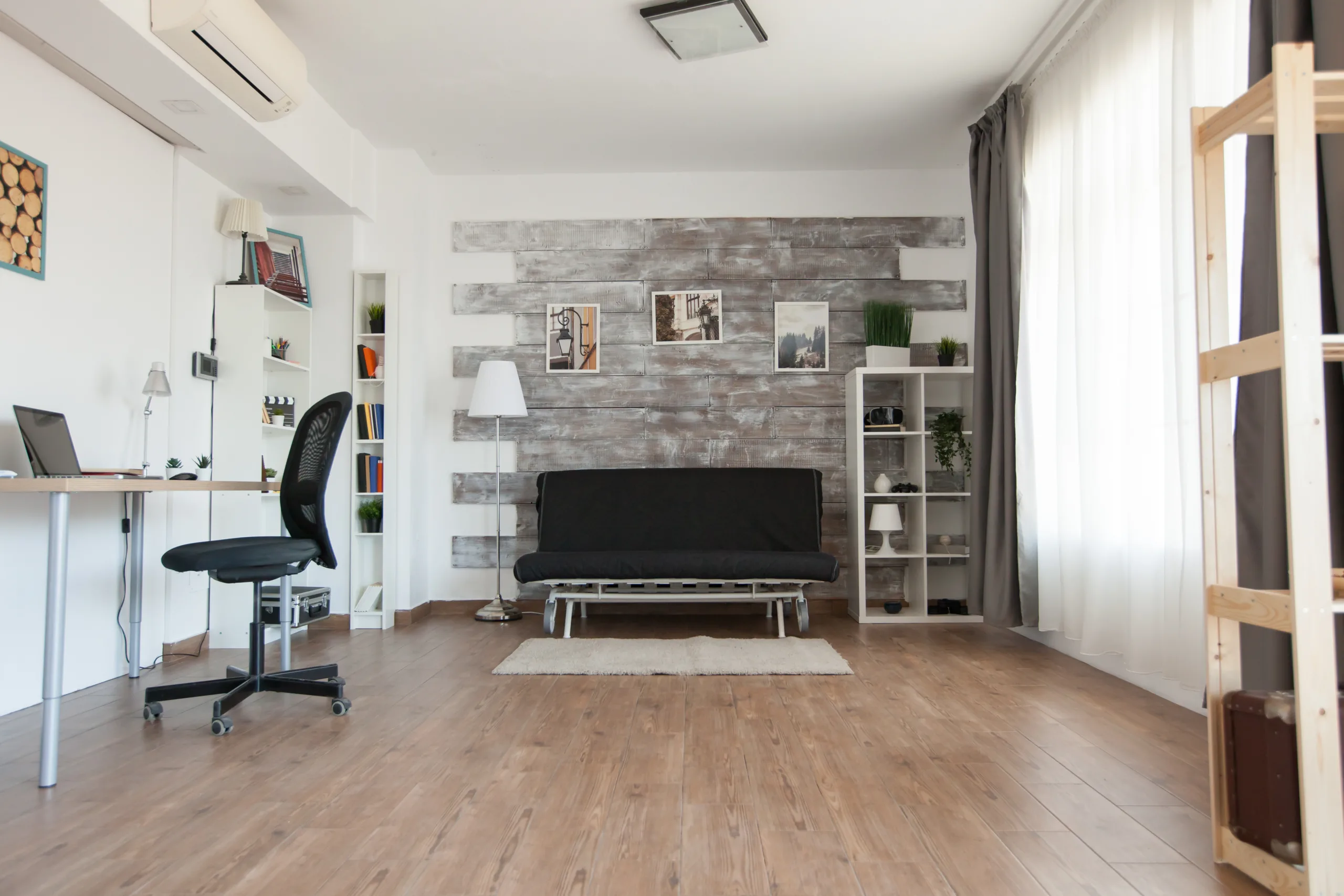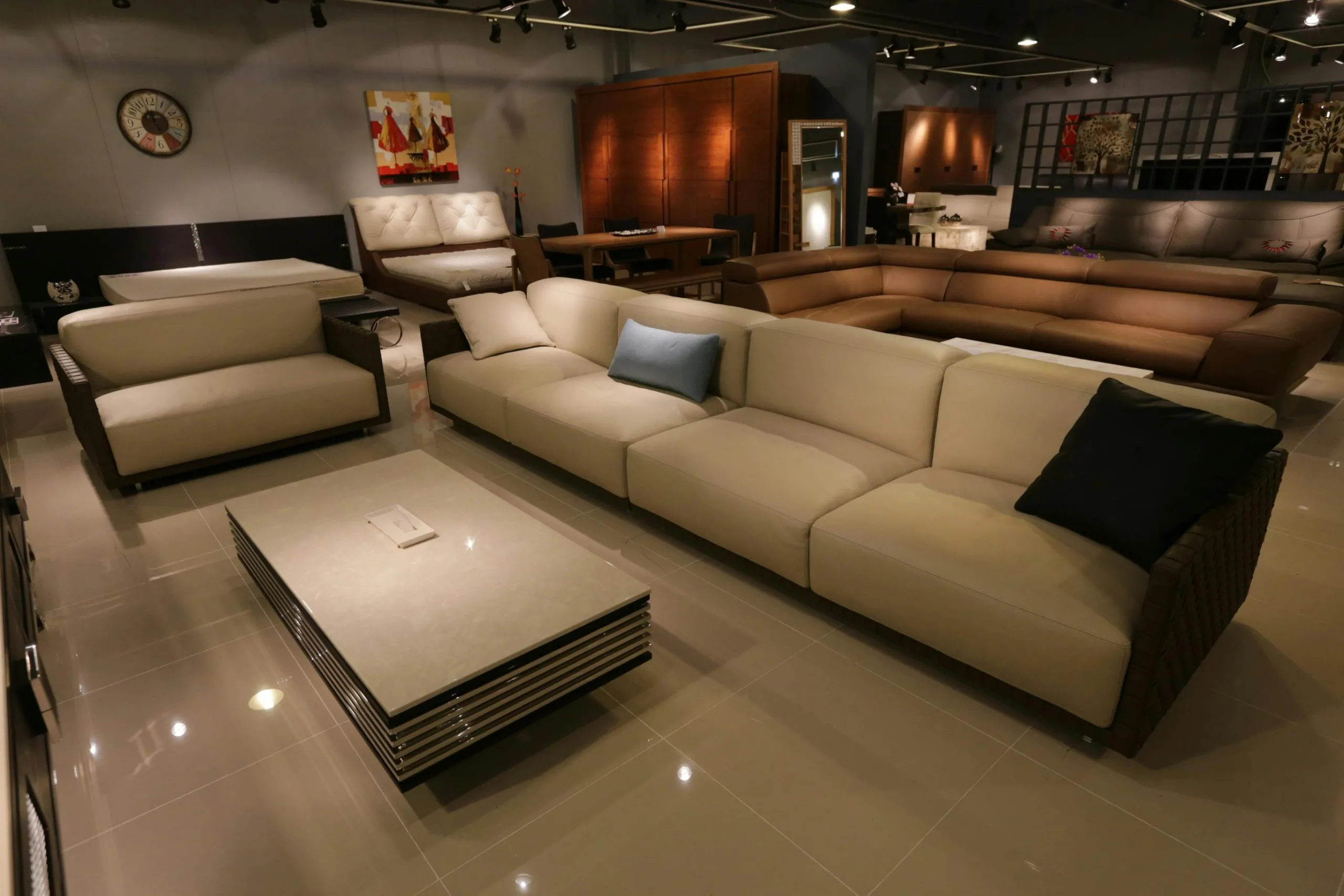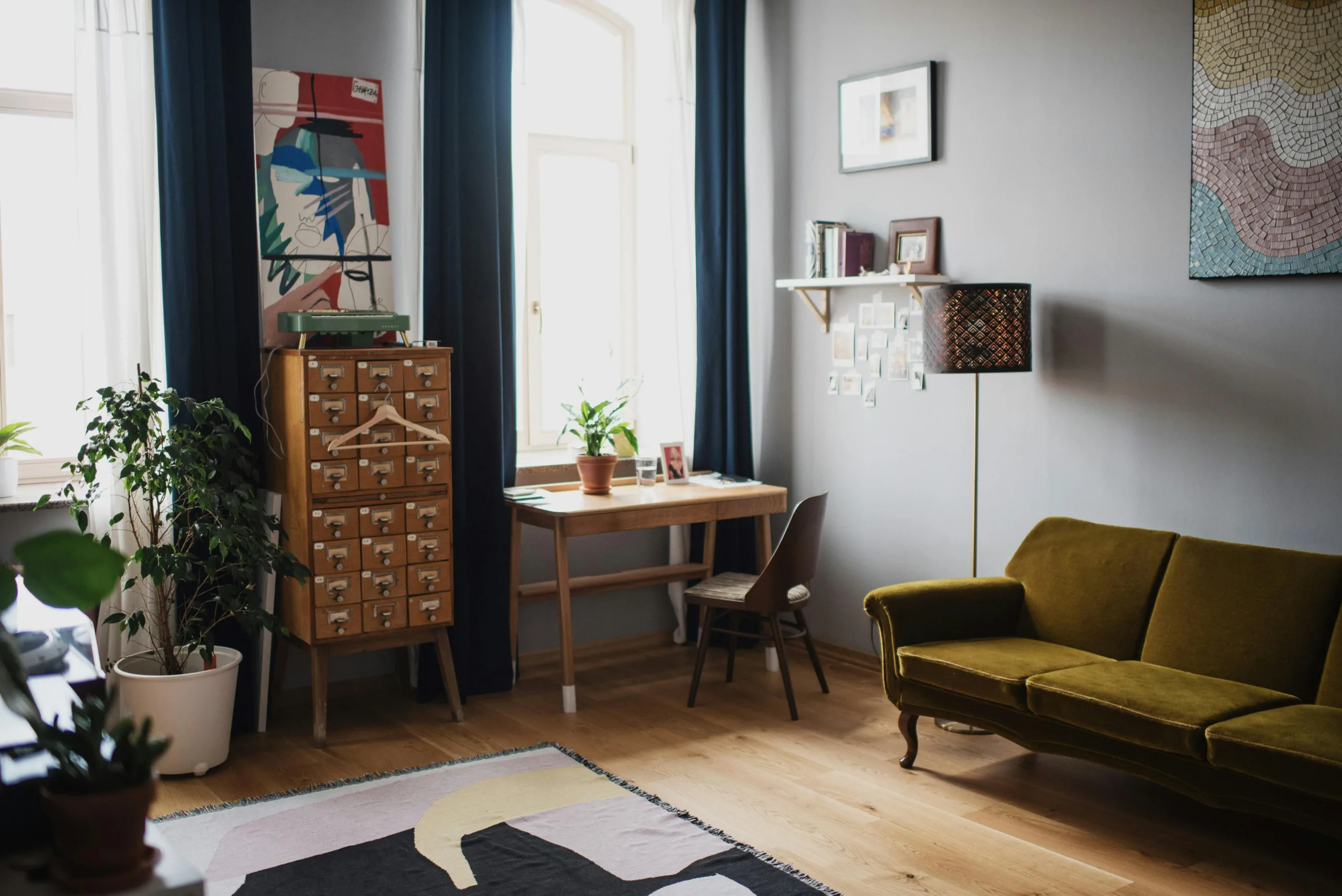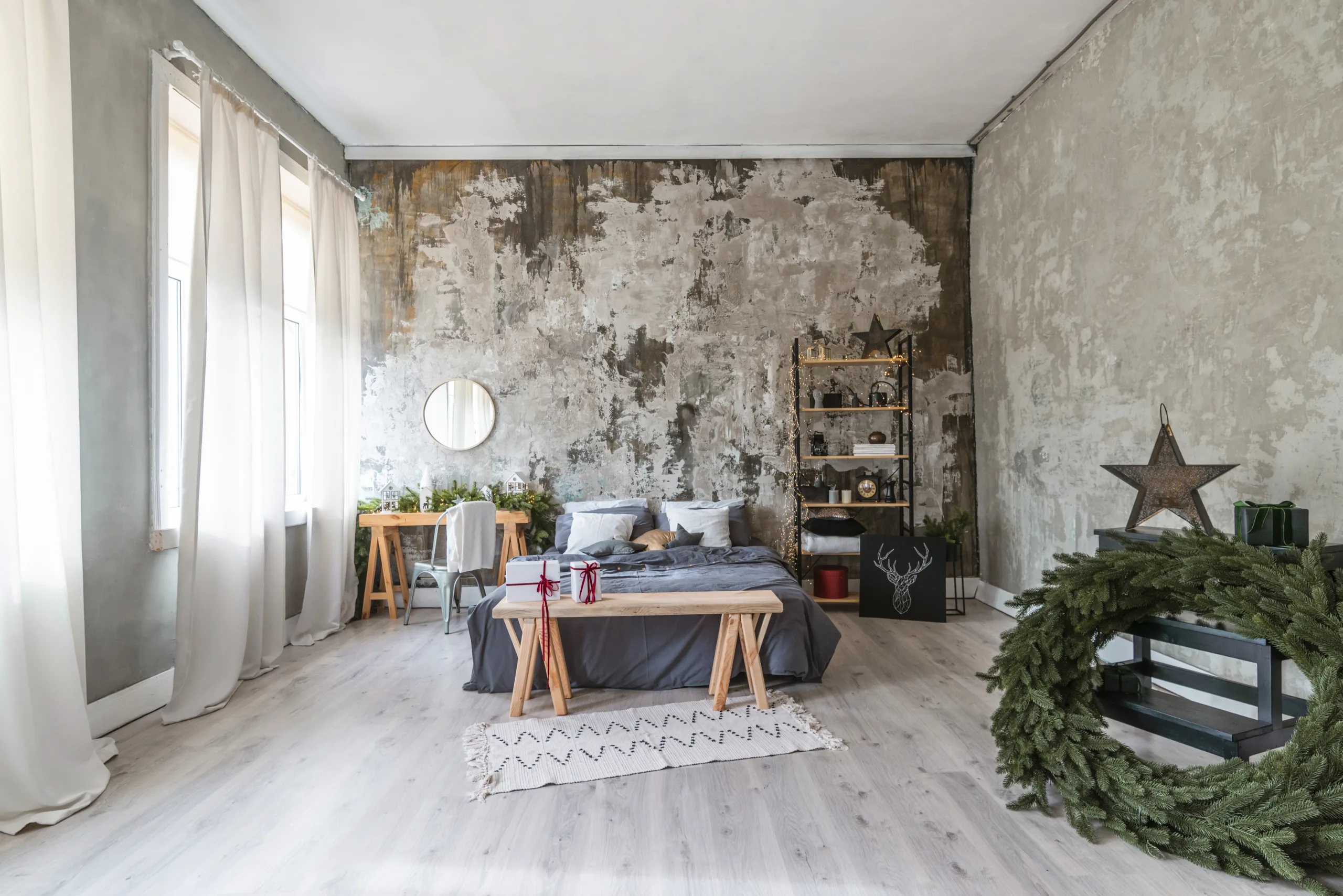Introduction to Garage Conversion

When it comes to creating your dream living room, sometimes you have to think outside the box. And in this case, that box is your garage. Garage conversions have become increasingly popular in recent years, as homeowners seek to maximize their living space and transform underutilized areas into functional and stylish rooms.
In this article, we will explore the benefits of converting a garage into a living room, factors to consider before starting a garage conversion, steps involved in the conversion process, design and layout ideas, adding functionality to your garage conversion, cost considerations, hiring professionals, and even some inspiring success stories. So, let’s dive in and see how a garage conversion can turn your dream into a reality.
Benefits of Converting a Garage into a Living Room
Enhances Home Value
A high-quality garage conversion, when thoughtfully planned and executed, can potentially increase your home’s value by up to 10%. This makes it a profitable venture for homeowners who might consider selling in the future, providing a substantial return on investment.
Increases Living Space
Beyond adding value, a garage conversion creates additional living space in your home. This new space can be adapted for various uses, and tailored to the specific desires and needs of the homeowner. For most homes, which are not exceptionally large, this extra space is a practical and welcome addition.
Cost-Effective Solution
When compared to other home extension options like loft conversions, building extensions, or adding conservatories, garage conversions are relatively economical. Given that they can add up to 10% to a property’s value, the investment return, relative to the lower costs involved, is quite favorable.
Flexible Conversion Options
Homeowners have the flexibility to choose between a full or partial garage conversion. Keeping part of the garage as storage space is an option, particularly beneficial for those with larger garages or who are concerned about losing storage space.
Preserves Natural Light
Unlike new build extensions that can block natural light to other parts of your home, a garage conversion, being an internal transformation of an existing structure, does not affect the influx of natural daylight into your home.
Customized Design
Garage conversions can be fully customized. For instance, Thetford Home Improvement Services offers personalized design solutions, working closely with homeowners to ensure their specific requirements are met and to simplify the process.
No Impact on Council Tax
Converting your garage does not affect your council tax rate, which is a significant advantage.
Usually Exempt from Planning Permission
Most garage conversions do not require planning permission since the changes are internal. However, planning permission may be necessary in certain cases, such as homes in conservation areas or if the garage is detached from the house. Assistance with the planning permission process can be provided if needed.
Garage conversions offer an accessible and economical alternative to moving, enhancing both the value and functionality of your home without the stress and complications associated with buying a new property.
Factors to Consider Before Starting a Garage Conversion

Before embarking on a garage conversion project, there are several factors to consider. Firstly, you need to assess the structural integrity of the garage. Is the foundation solid? Are there any existing issues with the walls or roof? It is essential to address any structural problems before proceeding with the conversion.
Another crucial factor is obtaining the necessary permits and approvals. Garage conversions often require permits from local authorities to ensure compliance with building codes and regulations. It is advisable to consult with a professional or hire a reputable contractor who can guide you through the permit application process.
Furthermore, you should consider the impact on parking and storage space. If you convert your garage into a living room, you will need to find alternative parking arrangements for your vehicles. Additionally, you will need to find alternative storage solutions for items previously kept in the garage.
Steps to Convert a Garage into a Living Room

- Navigating Zoning Regulations
Before embarking on your garage conversion journey, it’s crucial to understand the legal intricacies involved. With the surge in shared housing, many localities have tightened regulations around garage conversions. Even if renting out isn’t in your plans, familiarizing yourself with local codes, especially regarding the transformation of a vehicle space to a living area, is essential. This might include providing alternate off-street parking solutions.
- Setting Realistic Budget Expectations
Contrary to popular belief, converting a garage into a livable space isn’t a budget affair. It’s more cost-effective than building an entirely new addition, but it’s still a significant investment, typically ranging between $20,000 and $50,000.
- Elevating the Garage Floor
Often lower than the main house, garage floors need raising for safety and continuity. Employing a raised or sleeper system can bring the garage floor up to your home’s level.
- Concealing Utility Areas
Garages often house utilities like water heaters and laundry rooms. Instead of the costly option of relocating these, consider enclosing them within built closets or walls.
- Expanding Doorways
Enhance the connection between your home and the converted garage by enlarging the existing doorway. This can create a more open and cohesive space, especially if structural allowances permit a double-width opening.
- Constructing a Carport
If you treasure your vehicle, consider building a carport to protect it from the elements. This is particularly important for electric vehicles, for which you should include an external power source.
- Boosting Exterior Aesthetics
While focusing on the interior is common, don’t neglect the exterior appearance. An architect can assist in integrating the conversion seamlessly with your home’s exterior, which may involve significant modifications.
- Opting for an Insulated Garage Door
Keeping the garage door and opting for an insulated one offers the flexibility of opening up your space to the outdoors. It also helps in maintaining the garage aesthetic from the outside.
- Creating a Driveway Distinction
To avoid the obvious look of a garage conversion, modify your driveway to end before reaching what used to be the garage door. This space can be repurposed for greenery, creating a natural separation.
- Supplementing with Additional Storage
Remember, converting your garage means losing storage space. Building a separate storage shed or using off-site storage facilities can be practical solutions.
Enhancing Garage Livability on a Budget
If a full conversion isn’t feasible, there are still ways to make your garage a more pleasant space. Consider setting up a casual pub, workshop, or a simple hangout spot.
- Designating Activity Areas
In larger garages, partition a section for activities like a gym or home office, using dividers or curtains.
- Upgrading the Floor
Improve your garage’s aesthetic with an epoxy coating or interlocking floor tiles, especially useful for floors stained with oil and grease.
- Installing a Casual Bar
Set up a casual bar or seating area in a corner, maintaining vehicle storage. This can include entertainment elements like arcade games or coolers.
- Enhancing Connectivity
For a garage hangout, ensure good internet connectivity, either through a Wi-Fi booster or a direct Ethernet cable for uninterrupted streaming and gaming.
- Adding Basic Drywall
Insulate and cover bare garage walls with basic drywall. This doesn’t require extensive finishing and can significantly improve the garage’s comfort and appearance.
Finally, furnish your new living room with comfortable seating, storage solutions, and decorative elements. Pay attention to details such as curtains, rugs, and artwork to create a cozy and inviting space that reflects your personal style.
Design and Layout Ideas for a Garage Conversion

When it comes to designing your garage conversion, the possibilities are endless. If you’re looking for some inspiration, consider the following:
- Open-Plan Layout: Create a seamless flow between the living room, dining area, and kitchen for a modern and spacious feel. This layout is perfect for those who love to entertain and enjoy an open living concept.
- Cozy Retreat: Transform your garage into a cozy retreat by incorporating warm colors, plush seating, and soft lighting. Add a fireplace or a reading nook to create a relaxing ambiance.
- Home Office: If you work from home or need a dedicated space for productivity, a garage conversion can provide the perfect home office. Install ample storage, a comfortable desk, and ergonomic seating to create a functional workspace.
- Entertainment Hub: Create the ultimate entertainment hub by installing a home theater system, a gaming area, or a bar. Add comfortable seating, dimmable lighting, and soundproofing for an immersive experience.
Keep in mind that they are merely suggestions to spark your imagination. Let your imagination run wild and design a living room that truly reflects your lifestyle and preferences.
Adding Functionality to Your Garage Conversion
To enhance the functionality of your garage conversion, consider incorporating the following elements:
- Storage Solutions: Utilize built-in shelves, cabinets, or wall-mounted storage systems to maximize space and organize your living room. Consider multifunctional furniture pieces that offer hidden storage compartments.
- Multi-Purpose Furniture: Invest in pieces of furniture that may be used for more than one purpose. For example, choose a sofa bed that can accommodate guests or a coffee table with built-in storage compartments.
- Smart Home Technology: Embrace the convenience of smart home technology by installing devices that control lighting, temperature, and entertainment systems. This will not only enhance the functionality but also add a touch of modernity to your living room.
By incorporating these elements, you can create a versatile and efficient living space that caters to your unique needs.
Garage Conversion Cost and Budgeting

The cost of a garage conversion can vary depending on several factors, including the size of the garage, the complexity of the project, and the materials used. On average, a garage conversion can cost anywhere from $10,000 to $30,000. It is important to establish a realistic budget before starting the conversion and consider potential additional expenses such as permits, professional fees, and furnishings.
To stay within your budget, prioritize your renovation goals and allocate funds accordingly. Consider whether you will be doing any of the work yourself or if you will hire professionals for the entire project. Obtaining multiple quotes from contractors is also recommended to ensure you are getting a fair price.
Remember, investing in a garage conversion is not only about the upfront cost but also the long-term value it adds to your home. It is a worthwhile investment that can increase the overall value of your property while providing the living space you desire.
Hiring Professionals for a Garage Conversion
While DIY projects can be rewarding, a garage conversion often requires professional expertise. Hiring professionals not only ensures that the project is completed to a high standard but also saves you time and potential headaches. Some of the many advantages of employing experts are as follows:
- Experience and Knowledge: Professionals have the necessary experience and knowledge to handle various aspects of the conversion, from structural modifications to electrical and plumbing work. They can provide valuable insights and ensure the project is executed efficiently.
- Permit Compliance: Professionals are familiar with local building codes and regulations and can help navigate the permit application process. This ensures that your garage conversion meets all legal requirements.
- Quality Workmanship: Professionals have the skills and tools required to deliver high-quality workmanship. This includes ensuring proper insulation, electrical wiring, and plumbing connections, as well as attention to detail in the finishing touches.
When hiring professionals, it is essential to do thorough research and obtain multiple quotes. Look for reputable garage conversion contractors with positive reviews and a portfolio of successful garage conversion projects. Don’t hesitate to ask for references and check their credentials before deciding.
Conclusion: Turning Your Dream of a Living Room into Reality
Converting your garage into a living room is a fantastic way to create additional space, enhance the functionality of your home, and add value to your property. By considering the factors involved, following the necessary steps, and hiring professionals when needed, you can transform your dream living room into a reality.
Whether you envision a cozy retreat, a versatile entertainment hub, or a productive home office, a garage conversion offers endless possibilities for customization. With careful planning, attention to detail, and a touch of creativity, you can design a living room that reflects your unique style and meets your specific needs.
So, why wait? Start exploring the potential of your garage today and start on the journey of creating your dream living room. Contact Rhino Garage Conversion San Francisco for expert guidance and professional assistance in bringing your vision to life. Let your garage conversion be the catalyst for transforming your home and enhancing your daily life.

